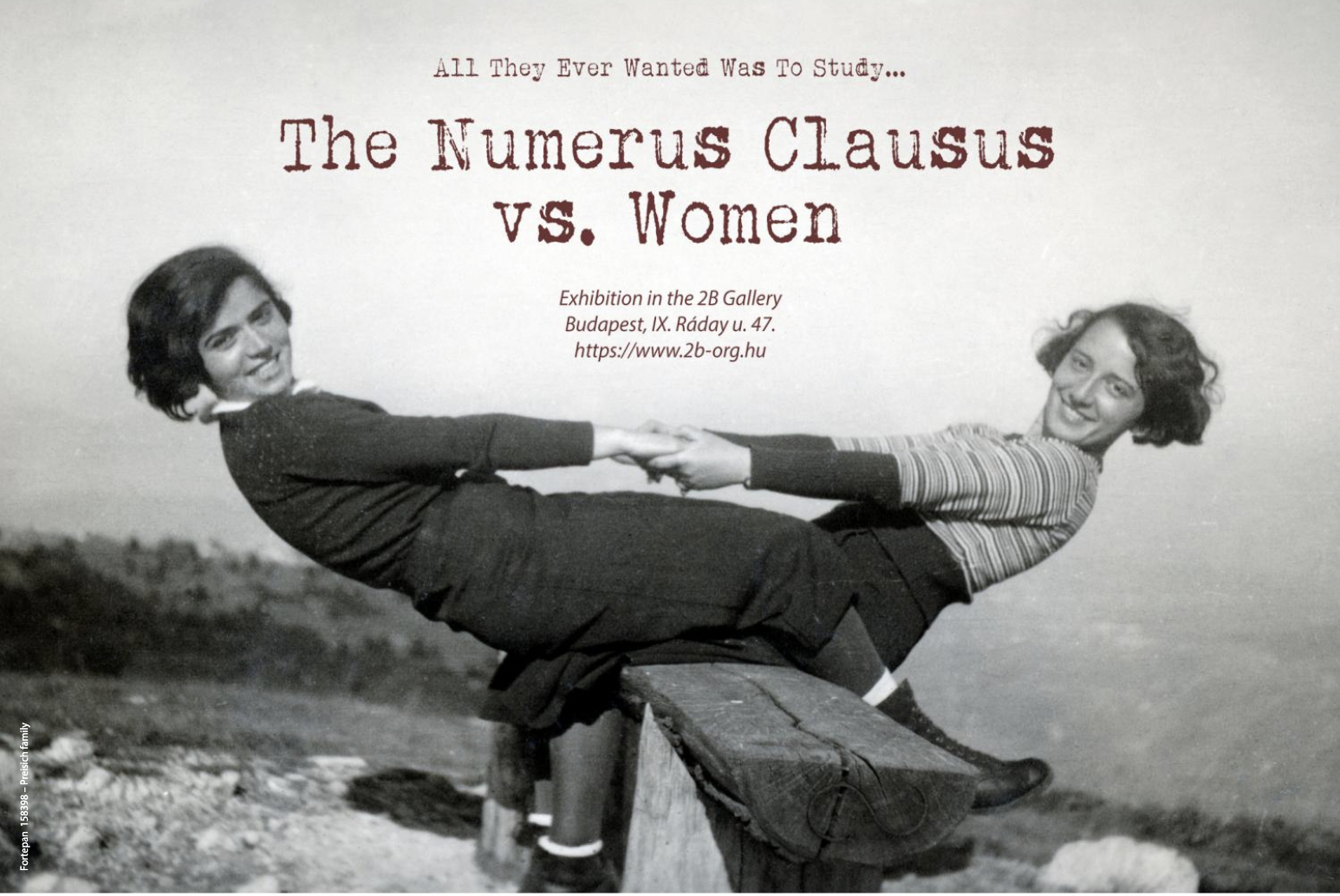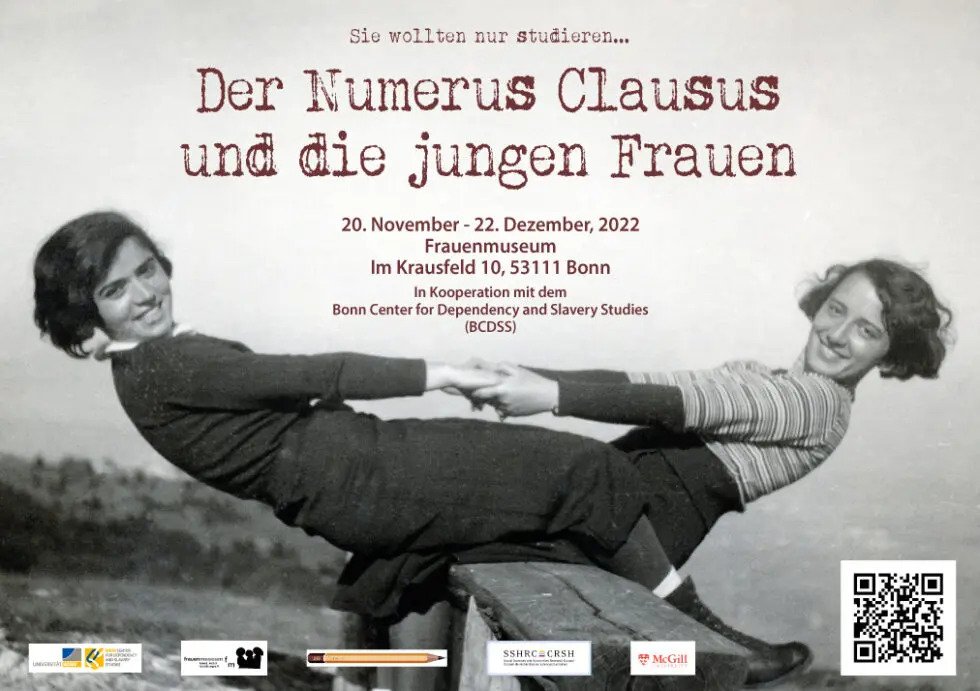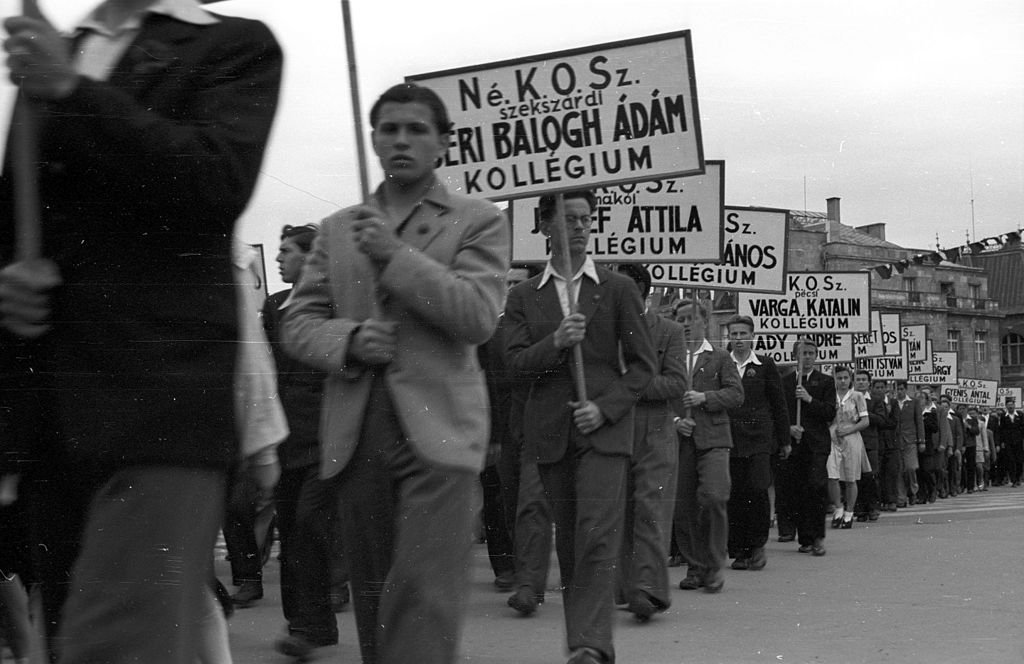Exhibitions and websites
Exhibitions
Enacted by the Hungarian Assembly in September 1920, Law XXV/1920 (commonly called the numerus clausus law) had the dubious merit as the first instance of anti-Jewish legislation in Europe in the postwar era. It did away with the practice of unlimited university enrolment -- but more importantly, it breached the liberal principle of equal citizenship. A brief clause in the instructions overrode the 1867 emancipation of Jews, changing their status from denomination to ethnicity and limiting their enrolment to 6%, the ratio of Jews in the general population. The additional requirement of “loyalty to the nation and upstanding morality” excluded students with leftist leanings. Overzealous university administrators extended the ban to women at most Budapest universities until the late 1920s. Before 1918, daughters of the assimilated Hungarian Jewish middle class were the pioneers of women’s emancipation. The numerus clausus effectively halted this trend and, despite its 1928 modification, remained in effect until 1945. The young women on the photos, born between 1900 and 1925, may have differed along their socio-economic, family and cultural background, denomination, and life trajectories. But they all shared the desire to study and the fundamental impact the numerus clausus had on their lives. The exhibition provides insight into the severe constraints they faced but also highlights the alternative, pioneering paths they pursued.
-

Budapest, 2B Gallery, August — October 2021
-

Budapest, Csányi 5, January 2022
-

Bonn, Frauenmuseum, November — December 2022
-

Collegium Hungaricum Berlin, January-February 2025
Websites
-

National Association Of People's Colleges of Hungary (NÉKOSZ)
Image source: Fortepan #78664
-

(Under construction) numerusclausus100.org
Image source: Fortepan #158363